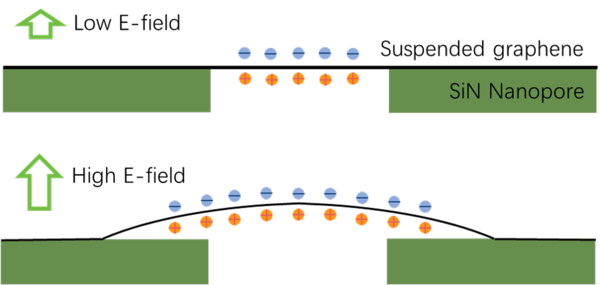Modern biophysics was revolutionized by single-molecule imaging. It enabled studying biological systems with unprecedented precision that eventually translated into real improvement of the quality of life and emergence of personalized medicine. However, new layers of complexity of biological processes are constantly uncovered, which creates a demand for novel more informative methodologies. This is where the using nanotechnology in biological research will make a difference and I am going apply my effort. During last 10 years of my research, I have developed a range of biosensors based on different types of transducers: silicon nanowires, graphene nanoribbons, solid-state nanopores and plasmonic nanopores. Now I plan to use my multidisciplinary expertise to drive development of novel tools to study proteins by label-free monitoring of their physical parameters in real time. Check out my recent publications:
At BIOS I am developing the following projects:



